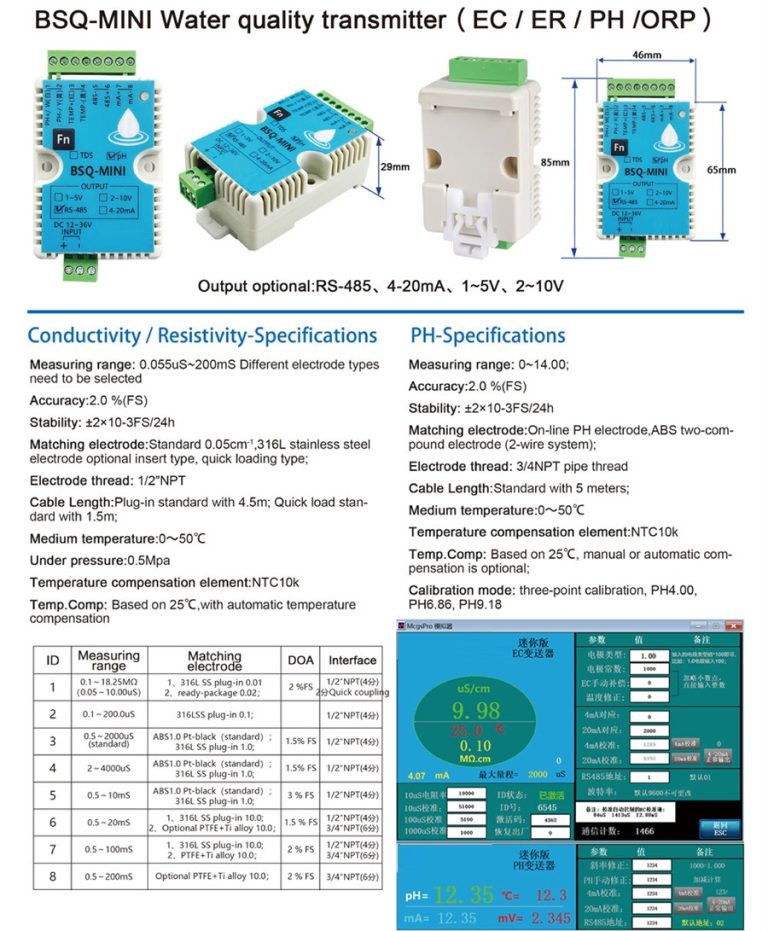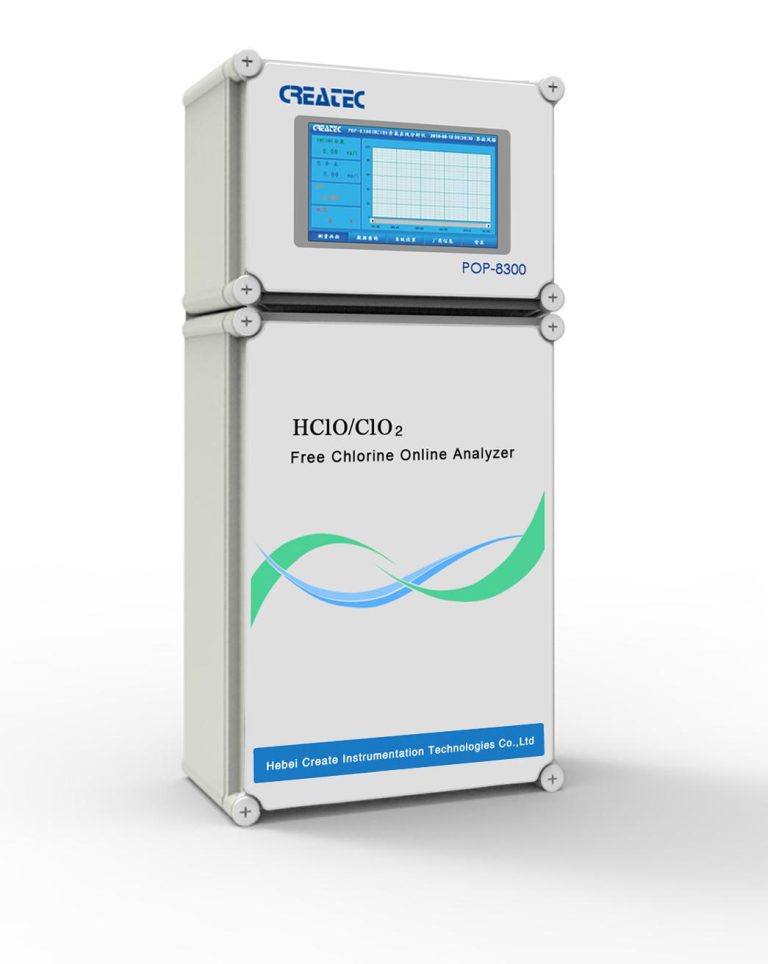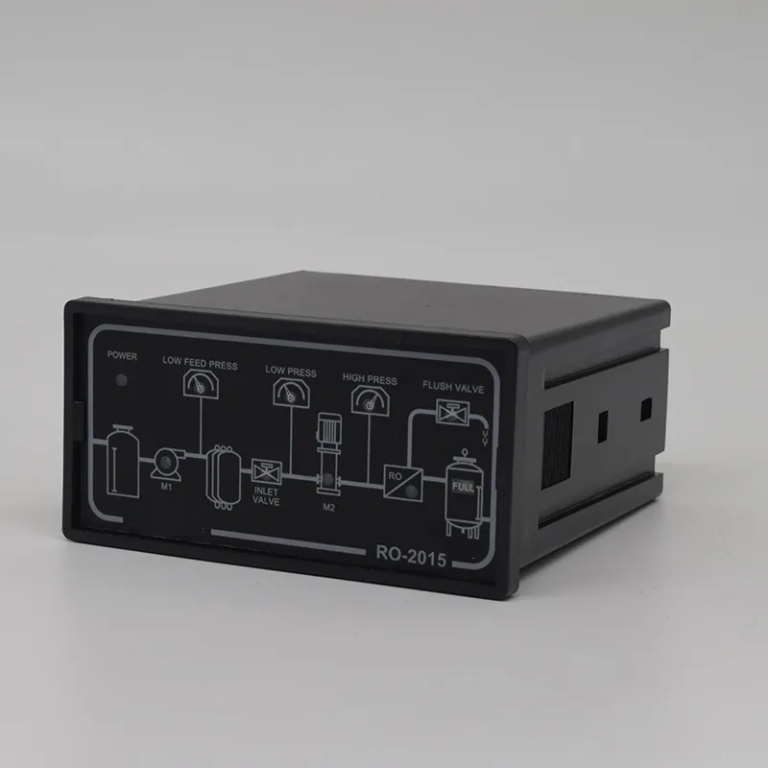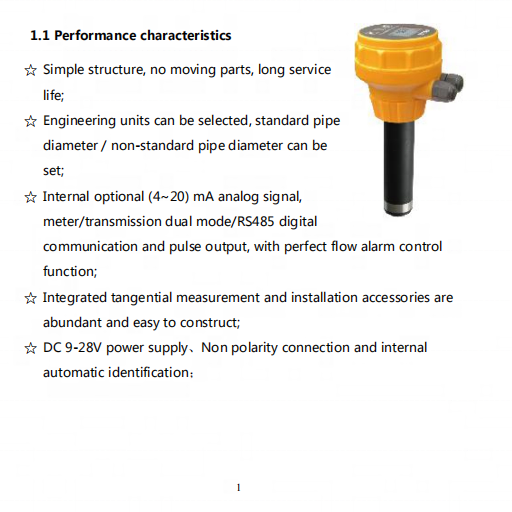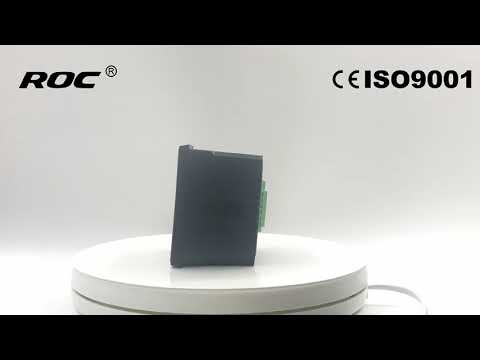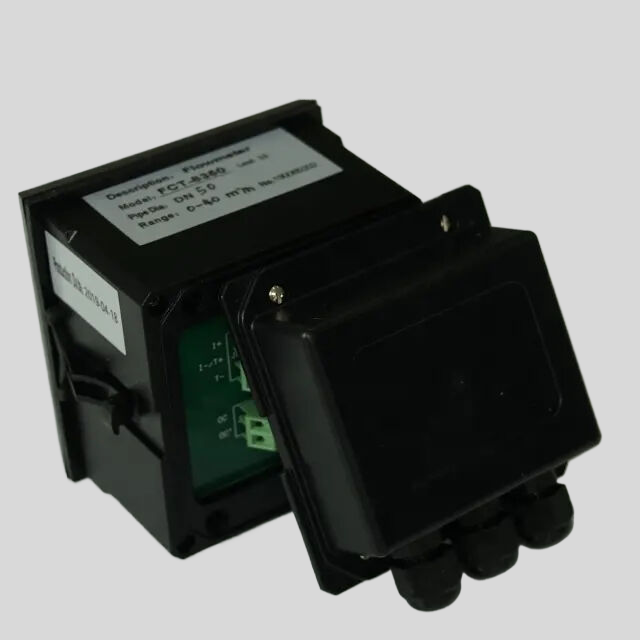Understanding the Different Types of Flow Sensors
Flow sensors are essential devices used in various industries to measure the flow rate of liquids or gases. They play a crucial role in ensuring the efficiency and accuracy of processes such as monitoring water consumption, controlling chemical dosing, and regulating air flow in HVAC systems. There are several types of flow sensors available on the market, each with its own unique features and applications. In this article, we will explore the different types of flow sensors and their uses.
One of the most common types of flow sensors is the mechanical flow sensor. This type of sensor uses a mechanical mechanism, such as a paddle wheel or turbine, to measure the flow rate of a fluid. As the fluid flows through the sensor, the mechanical component rotates, and the speed of rotation is directly proportional to the flow rate. Mechanical flow sensors are simple, reliable, and cost-effective, making them ideal for applications where precision is not critical.
| Model | CCT-8301A Conductivity/Resistivity/TDS/TEMP Online Controller |
| Constant | 0.01cm-1, 0.1 cm-1, 1.0cm-1, 10.0 cm-1 |
| Conductivity | (500~100,000)uS/cm,(1~10,000)uS/cm, (0.5~200)uS/cm, (0.05~18.25) MΩ·cm |
| TDS | (250~50,000)ppm, (0.5~5,000)ppm, (0.25~100)ppm |
| Medium Temp. | (0~180)°C(Temp.Compensation: Pt1000) |
| Resolution | Conductivity: 0.01uS/cm, 0.01mS/cm; Resistivity: 0.01MΩ·cm; TDS:0.01ppm, Temp.: 0.1℃ |
| Accuracy | Conductivity: 1.5%(FS), Resistivity:2.0%(FS), TDS: 1.5%(FS), Temp.: +/-0.5℃ |
| Temp. compensation | With25°C as standard under normal medium; With 90C as standard under high temp medium |
| Communication port | RS485 Modbus RTU protocol |
| Analog output | Double channel (4~20)mA. Instrument/Transmitter for selection |
| Control Output | Triple channels photo-electronic semiconductor relay switch, Load capacity: AC/DC 30V,50mA(max) |
| Working Environment | Temp.(0~50)℃; relative humidity <95%RH (non-condensing) |
| Storage Environment | Temp.(-20~60)℃;Relative Humidity ≤85%RH (none condensation) |
| Power Supply | DC24V+/-15% |
| Protection Level | IP65 (with the back cover) |
| Dimension | 96mmx96mmx94mm(HxWxD) |
| Hole Size | 9lmmx91mm(HxW) |
Another type of flow sensor is the thermal flow sensor, which operates based on the principle of heat transfer. These sensors use a heated element and a temperature sensor to measure the flow rate of a fluid. As the fluid flows past the heated element, it carries away heat, causing a change in temperature that is detected by the temperature sensor. Thermal flow sensors are highly sensitive and can measure low flow rates accurately, making them suitable for applications where precision is essential.
| Product Model | MFC-8800 | |
| Communication port | The uplink slave channel Modbus RTU protocol RS485 port is connected with DTU and DCS | |
| Downlink master channel RS485 port of Modbus RTU protocol is connected with data acquisition terminal | ||
| 4~20mA output | 1 channel two-wire type Maximum loop resistance 400Ω | |
| 4~20mA Input | 2 channel channel two-wire type( initiative feed) | |
| DI Input | 2channels Photoelectric isolation logic switch | |
| DO Output | 3 channels relay | 1 SPDT AC220V; 3A(MAX) |
| (only for drive signal) | 2 SPST AC220V; 3A(MAX) | |
| 1channel Photoelectric switch | Proportional pulse/frequency | |
| Load capacity:100mA/DC30V | ||
| Data acquisition | Data acquisition collection,with 3 channels DC24V sensor power supply | |
| Display mode | 3.5”(or 4”)colorful LCD touch screen | |
| Power supply | Wide power range :(12-24)V | |
| Consumption | <5W | |
| Environment requirements | Environment temp:(5~45)℃; relative humidity:≤90%。 | |
| Hole dimension | (91×91)mm hole dimension;panel dimension(100*100)mm | |
Ultrasonic flow sensors are another type of flow sensor that uses sound waves to measure the flow rate of a fluid. These sensors emit ultrasonic waves into the fluid and measure the time it takes for the waves to travel upstream and downstream. By analyzing the difference in travel time, the sensor can calculate the flow rate of the fluid. Ultrasonic flow sensors are non-invasive, meaning they do not come into contact with the fluid, making them ideal for applications where contamination is a concern.

In addition to these types of flow sensors, there are also mass flow sensors, which measure the mass flow rate of a fluid rather than the volumetric flow rate. These sensors are often used in applications where the density of the fluid can vary, such as in gas flow measurement. Mass flow sensors are highly accurate and can provide real-time data on the mass flow rate of a fluid, making them ideal for critical processes.
In conclusion, flow sensors play a vital role in a wide range of industries, from manufacturing to healthcare. Understanding the different types of flow sensors and their applications can help you choose the right sensor for your specific needs. Whether you need a simple mechanical sensor for basic monitoring or a high-precision thermal sensor for critical processes, there is a flow sensor available to meet your requirements.


